A major addition was the establishment of the Biomolecular Interactions Core Facility jointly funded by DST-FIST and IISER Kolkata. The Biomolecular Interactions facility has been equipped with state-of-the art equipment for studying biomolecular interactions such as protein-protein, protein-nucleic acid, protein-small molecules, nucleic acid- small molecules etc. at both steady state and real time conditions. The equipment which have been procured and installed in the Biomolecular Interactions Core Facility include a Surface Plasmon Resonance system (Biacore T200 from GE Healthcare), an Isothermal Titration Calorimeter (Microcal PEAQ-ITC from Malvern Pananalyical), a High-Performance Liquid Chromatography System (Waters Breeze 2) and a Stopped Flow spectrophotometer. These equipments have been housed in a separate temperature and humidity-controlled facility under UPS and filtered power supply for proper maintenance and operation.
 |
Circular Dichroism Spectrophotometer ▶ Simultaneous modes of CD, LD and absorbance can be measured when combined with a wide range of sampling accessories and these accessories can measure a variety of samples, from liquids to films to solid states. |
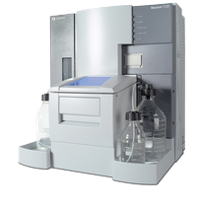 |
Surface Plasmon Resonance (SPR) ▶ Affinity range: fM to mM, Analysis temperature: 4°C to 45°C (maximum 20°C below ambient temperature), Analysis time per cycle: Typically 2 to 15 min, Association rate constant (ka): Proteins 103 to 3 × 109 M-1s-1 and LMW molecules 103 to 5 × 107 M-1s-1, Baseline drift < 0.3 RU/min, Baseline noise < 0.03 RU (RMS) |
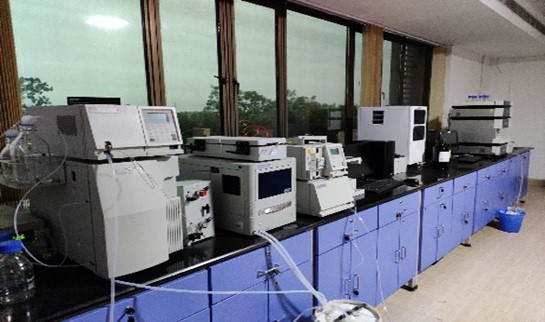 |
HPLC System (Waters) ▶ Waters 2475 HPLC Multi Fluorescence Detector:Wavelength Range Ex: 200 to 890 nm, Em: 210 to 900 nm, Wavelength Accuracy: 3 nm, Wavelength repeatability: 0.25 nm, Lamp Source: Xenon arc lamp (150 W), Flow Cell : Axial Illuminated Flow Cell design, Cell Volume (Illuminated): 8 L (standard analytical), Pressure Limit:145 psi (flow rate not to exceed 5 mL/min) |
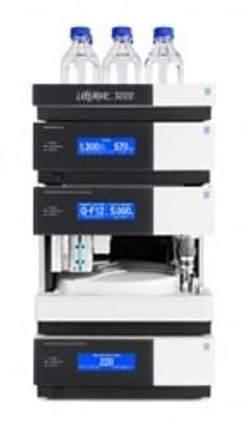 |
HPLC System (Thermofisher) ▶ UltiMate 3000 HPLC system:UHPLC design for all nano, standard analytical, and RSLC systems, 620 bar maximum pressure for basic and standard analytical systems—setting a new benchmark in HPLC, x2 Dual Systems form a unique platform for routine analysis, increased productivity solutions, and advanced chromatographic techniques. |
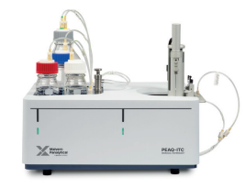 |
Isothermal Titration Calorimetry (ITC) ▶ User-friendly guided workflows with embedded video tutorials give any level of user the ability to generate high quality data. High signal to noise gives more confidence in accessing data quality and relevance of generated affinity and thermodynamic parameters • Automated washing with detergent of the sample cell and titration syringe assists in producing high quality reproducible data |
 |
Stopped Flow ▶ Software: Bio-Kine 3.5, Kaleidegraph 3.5 & MPS 1.28 |
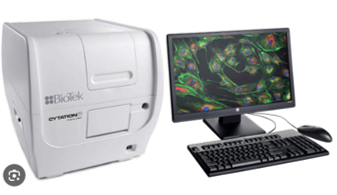 |
Cell Imaging Multimode Reader ▶ Cytation™ 5 combines automated digital microscopy and conventional microplate detection in a configurable, upgradable platform.The microscopy module offers up to 60x magnification in fluorescence, brightfield, high contrast brightfield, color brightfield and phase contrast for maximum applications reach. The multi-mode detection modules include filter- and monochromator-based fluorescence detection, luminescence and UV-Vis absorbance detection. |
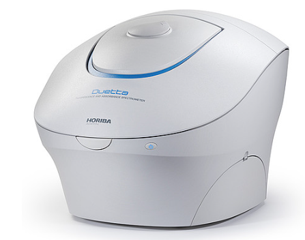 |
UV-Vis Spectrophotometer and Fluorometer ▶ Three-in-one Fluorescence and Absorbance Spectrometer UV-Vis-NIR Fluorescence Detection Wavelength Range from 250 to 1,100 nm |
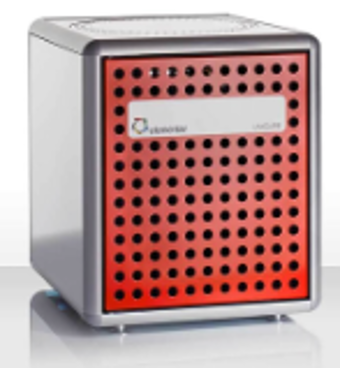 |
CHN analyser ▶ The direct TPD technology guarantees a large dynamic measurement range, enabling the analysis of samples with C:N and C:S elemental ratios of up to 12,000:1 with reliable baseline separation. This allows for the analysis of homogenous substances of small sample weights (0.1 mg) as well as the analysis of inhomogeneous samples up to 1 g. |
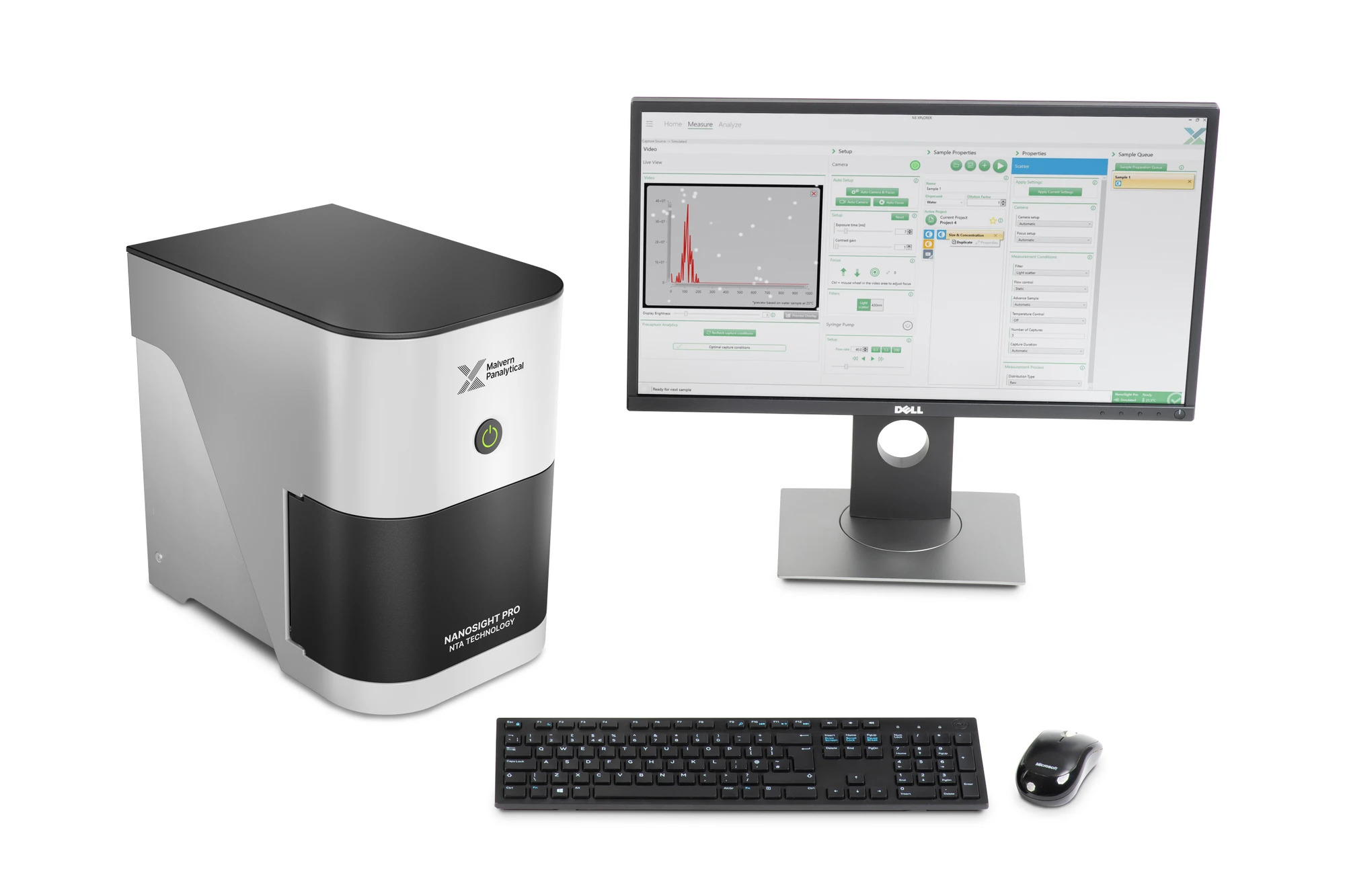 |
Nanoparticle tracking analysis (NTA) ▶ Malvern NanoSight PRO, Nanoparticle tracking analysis (NTA) equipped with USB High Sensitivity Camera, Red Laser(642nm) and Green Laser (532 nm). To measure the size distribution, count, concentration, and fluorescence intensity solely for Nanoparticles (size range 10-1000 nm). Particles appear individually as point-scatterers moving under Brownian motion—fully programmable temperature control (5 °C below ambient up to 70 °C). |
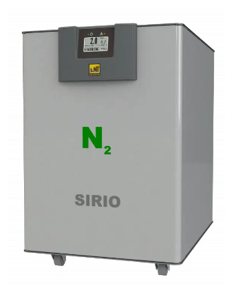 |
N2 Generator ▶ Flow rate (Max)20 l/min, Outlet pressure (Max)5.5 bar (79.7 psi), Nitrogen purity *1up to 99.999%, Outlet Dew-point<-60°C (-76°F), Outlet particulate 0.01 micron, Working Temperature: 5-35°C (41-95°F), Storage Temperature: 1-50°C (34-122°F), Humidity (max, non condensing)70% [5-35°C (41-95°F), Noise< 58 dB(A) |


